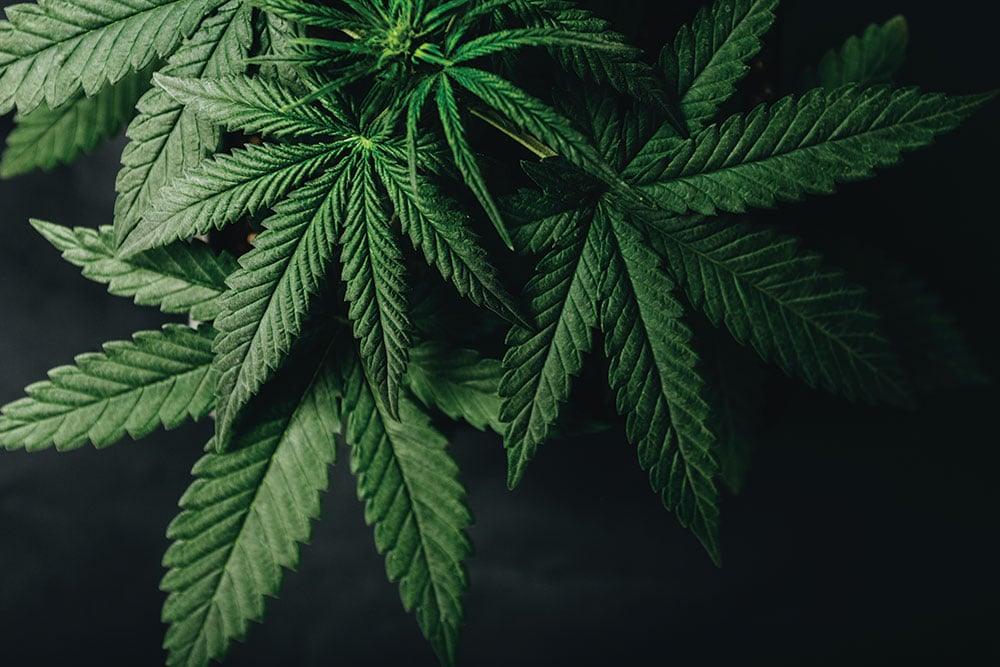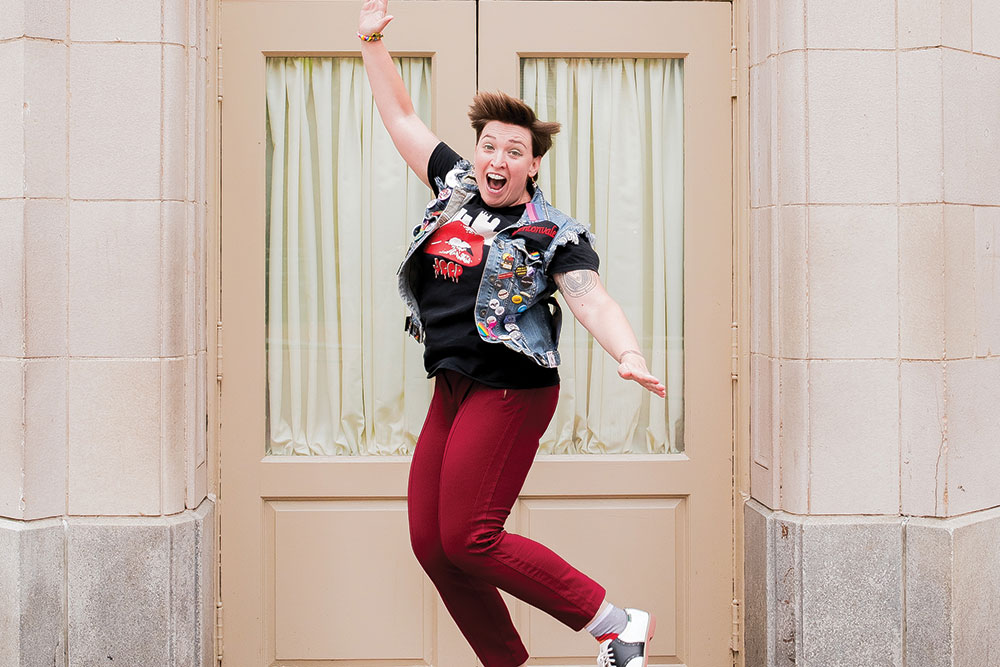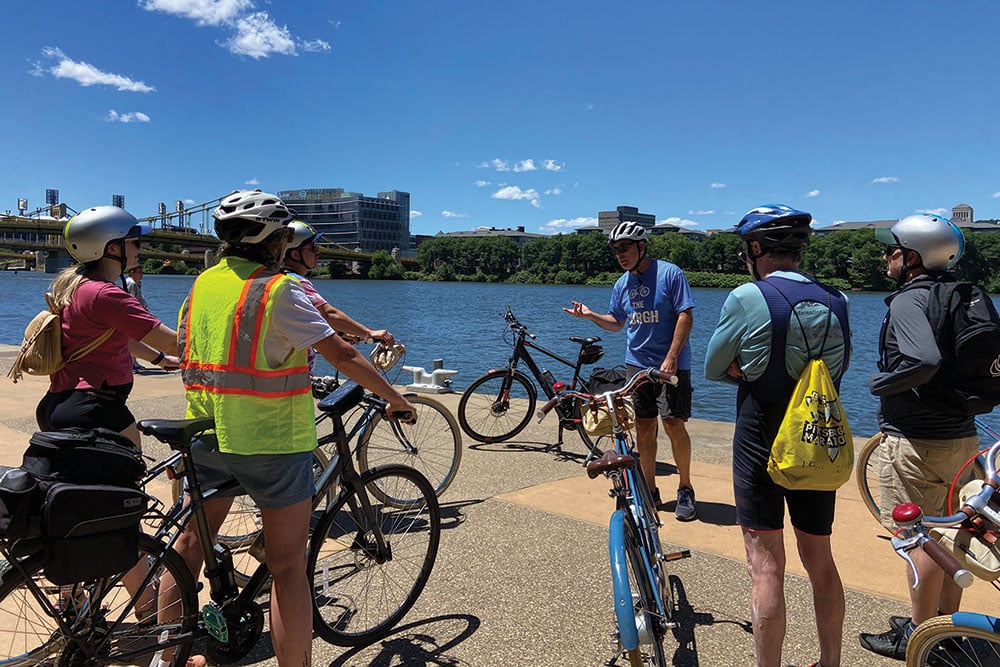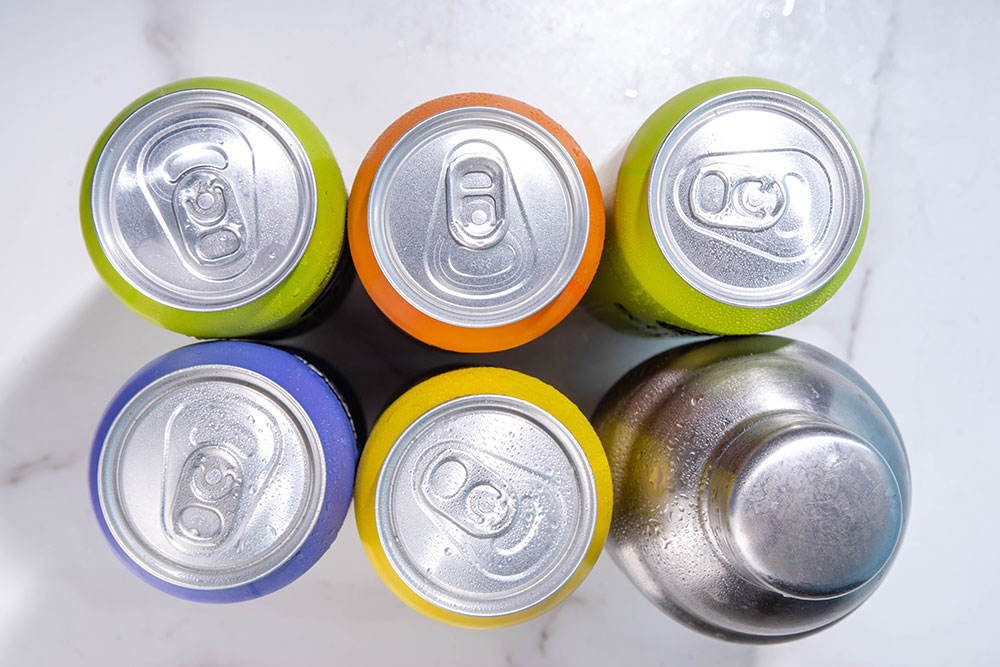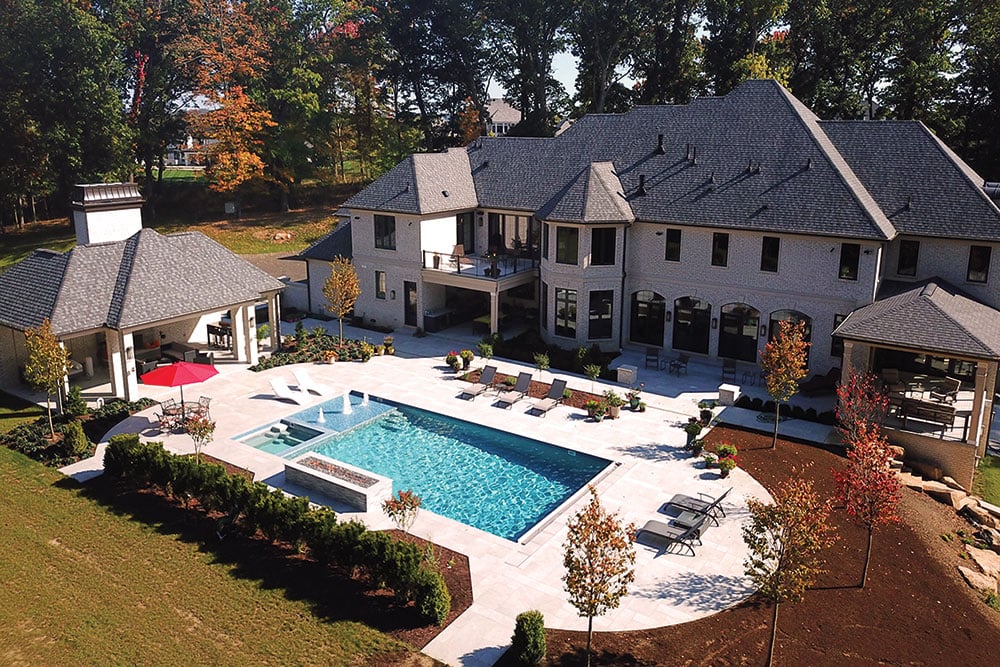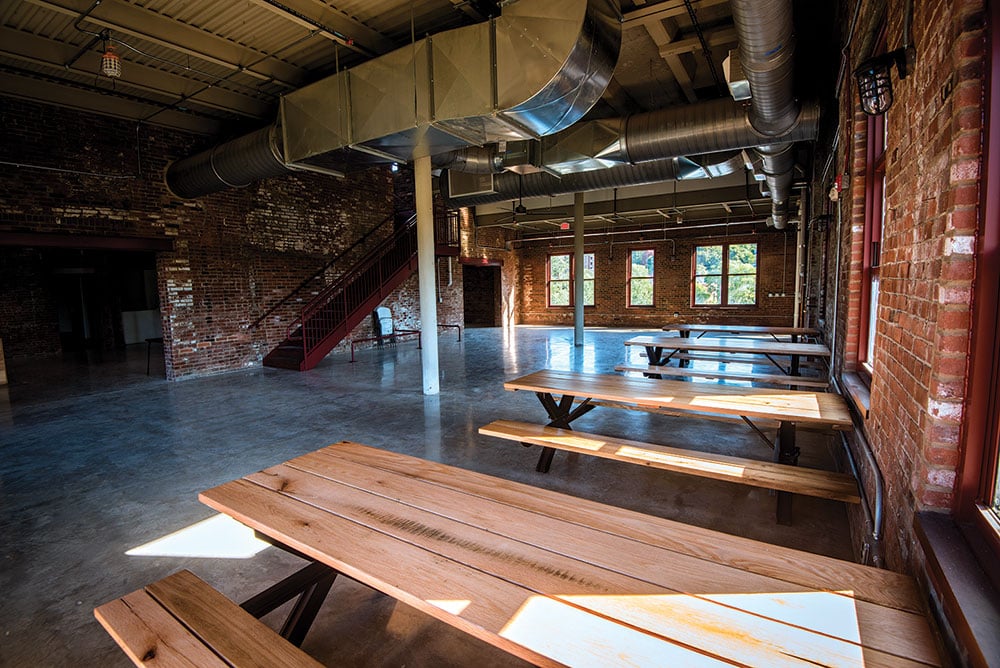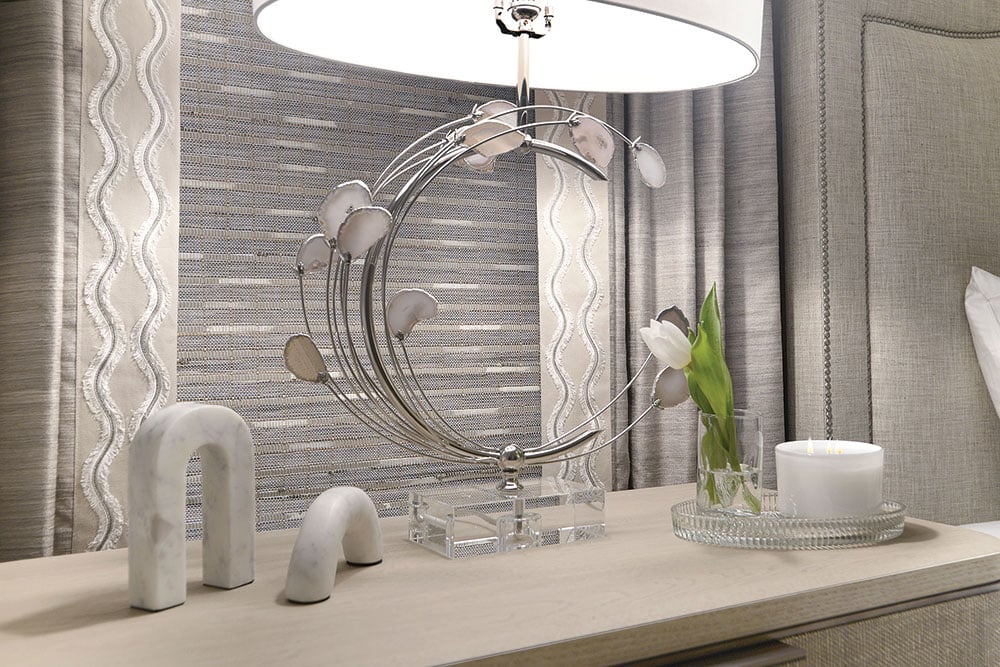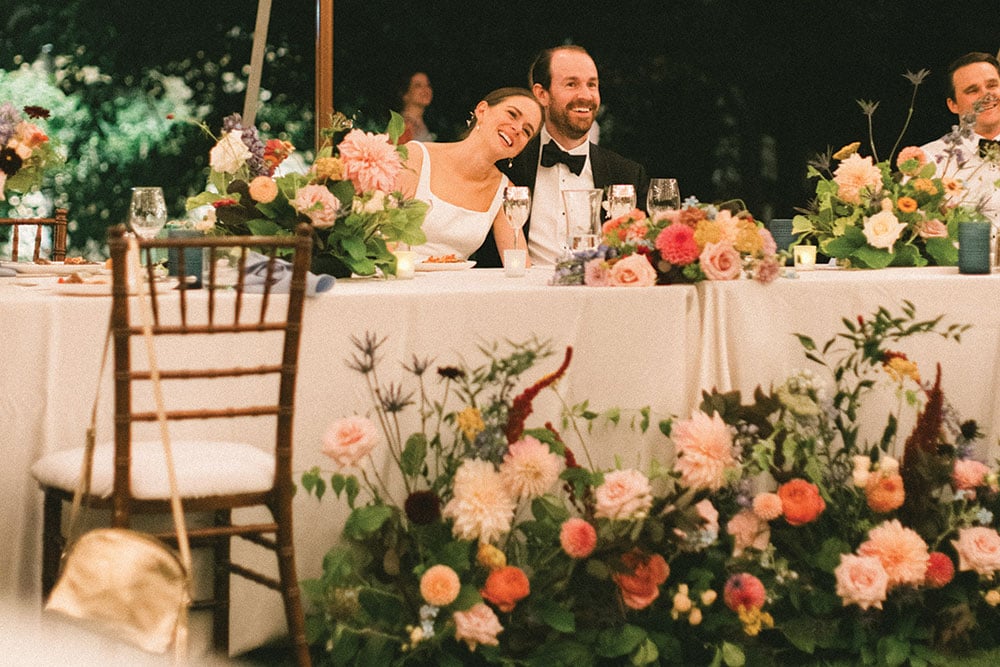Cook Forest Field Guide: Overnight Camping
So you want to go camping? Here are 20 camping essentials to make room for in your backpack, bikepack or car trunk.
If you’re a hard-core camper with antifreeze in your veins and crickets as your noise machine, you’ll want to pitch a tent at one of Cook Forest’s 210 campsites. Each has a picnic table and fire ring, and pets are permitted for an additional fee.
Full-hookup campsites have on-site water, electric (50-amp) and sewage; electric-only sites have either 30- or 50-amp hookups. Amenities include a comfort station (restrooms, showers), sanitary dump station and coin-operated laundry.
If you prefer a roof over your head and an Army mattress, try one of the 20 Rustic Cabins. Furnishings are minimal (gas heat, refrigerator, stove, table, chairs), and you’ll need to provide your own bedding, cookware and firewood. The cabins sleep four, six, eight or 10 people, and some cabins are pet-friendly for an additional fee. A shower house is nearby.
So you want to go camping? Here are 20 camping essentials to make room for in your backpack, bikepack or car trunk:
- Shelter/tent
- Water
- Food/snacks
- Airtight containers
- Survival knife
- First-aid kit
- Sleeping bag/blankets
- Warm, rainproof clothes
- Bug repellent
- Sunscreen
- Binoculars
- Map
- Survival whistle
- Campsite lantern
- Toiletries
- Fire starters
- Thick socks
- Camping stove
- Cookware and utensils
- A good book!
Set Up Camp
Pitch your tent.
Pick a level spot with limited undergrowth. Remove rocks and anything sharp or pointy underneath. If it rains overnight, a slightly elevated site can protect your tent from flooding.
Fire up.
If a caveman can do it, so can you. Learn how to build your own campfire by reading below.
Bear in mind.
A reclosable bag for scraps will prevent food odors from attracting unwanted furry guests. Even better, put scraps in a secure container and store in the trunk of a car or camper.
Warming trend.
Your body temperature dips during sleep, so don’t forget your season-appropriate sleeping bag, even during the summer.
Build a crackling campfire with these tips from “The Art of Manliness” podcast (artofmanliness.com).
Create Your Fire Bed.
If your site doesn’t have a designated fire area, make one. Select a spot on bare earth (not grass), with no trees or bushes nearby. Make a fire bed by gathering dirt into the center of your cleared area, building a platform about 3 to 4 inches thick.
Gather Wood Wood.
You’ll need three types of materials: tinder, kindling and fuel. Tinder catches fire easily but burns away fast; look for dry leaves or bark. Think ahead and bring your own; dryer lint works great. Next, add kindling in the form of small twigs or branches, about the width of a pencil. Finally, use fuel wood (about the width of your wrist or forearm) to keep your fire hot and burning. Remember: Dry wood burns best. It should snap and break easily; if it bends, it’s too wet or green.
Lay your fire.
Two common ways to lay your fire are the teepee and the lean-to; both figurations allow air to circulate beneath and around your fire.
Flame on.
You brought matches, didn’t you? It’s 2020, for Pete’s sake. Light the tinder first, then the kindling; the fuel wood will catch on its own.
Crackle, crackle.
Add campfire songs, new friends and marshmallows. Repeat.
Put it out.
Start 30 minutes before you want to go to bed or leave your site. Sprinkle enough water to put out the embers, stirring with a stick or shovel. Once your hand feels cool next to the embers, you’re good to go. Scooping up the ashes in a bag for removal earns you extra points.



